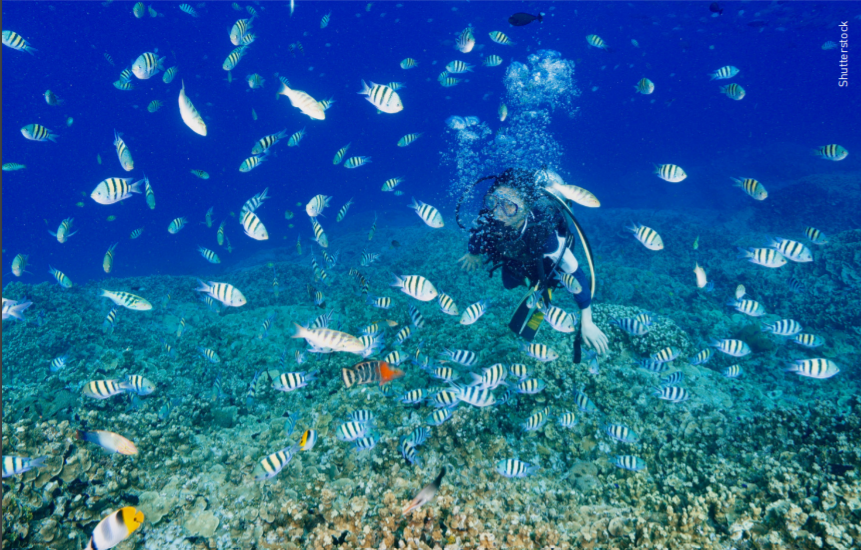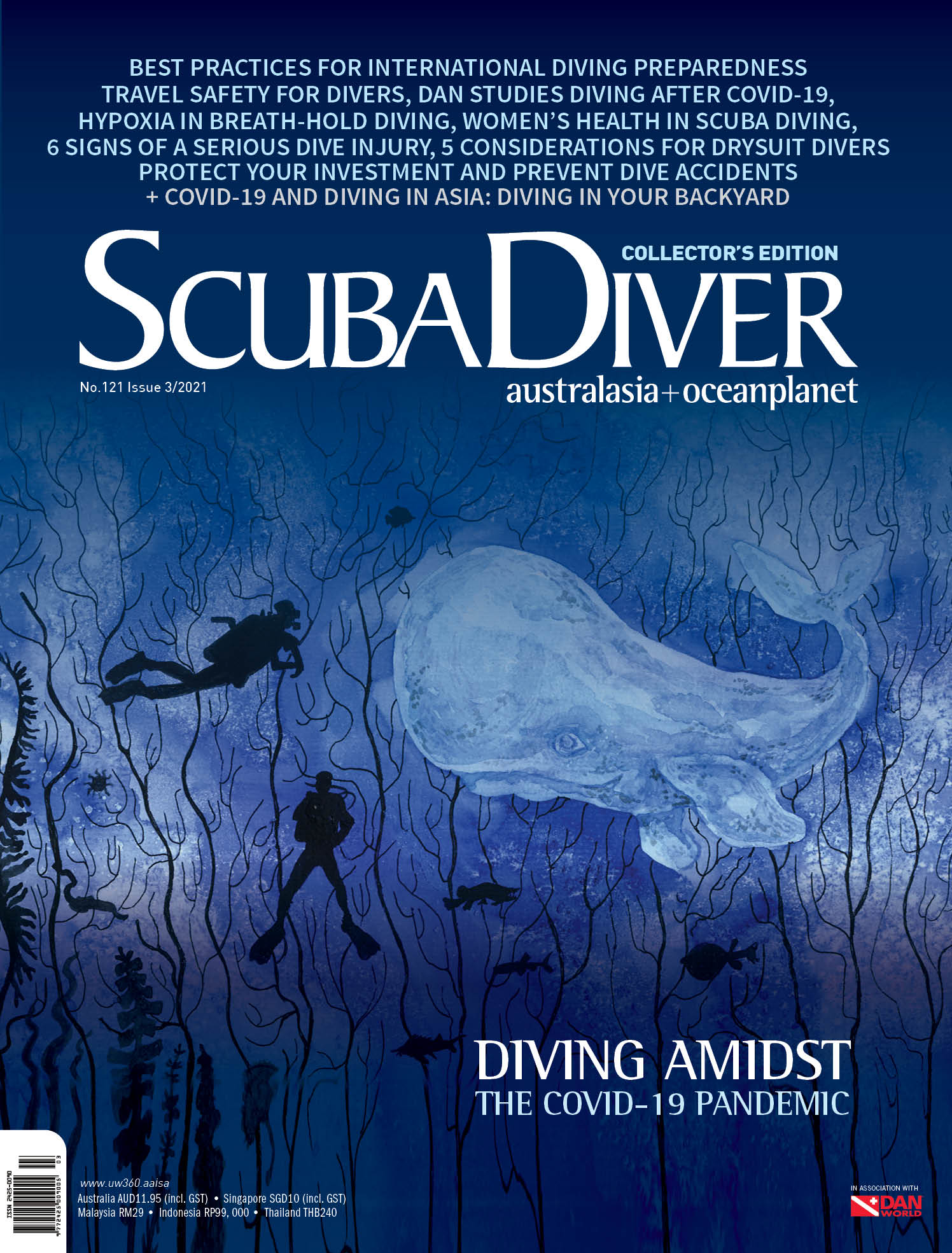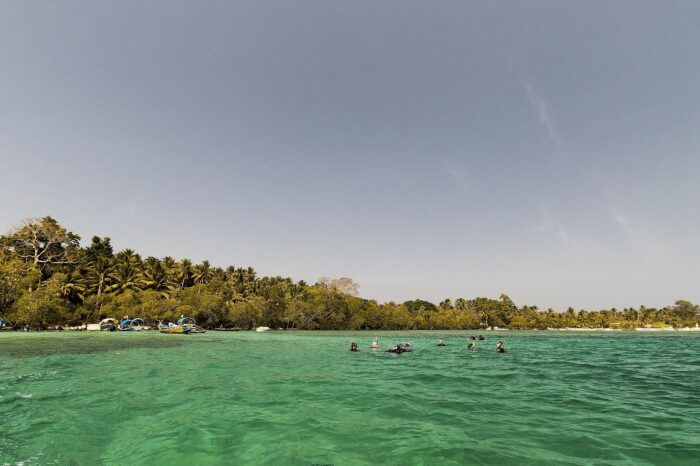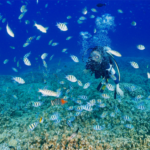COVID-19 Diving in Guam: What you should know

Sometimes overlooked as a dive destination in favour of Micronesian hotspots Palau and Truk Lagoon, Guam promises surprising marine diversity, stunning hard and soft corals, and amazing wall dives. Most of all, this tiny island – just 50 kilometres long and 16 kilometres wide – is famous for its wrecks, which include the Japanese Tokai Maru from World War II and the German freighter SMS Cormoran from World War I.
Getting There
Antonio B. Won Pat International Airport is the only commercial airfield to/from the island and is located a few kilometers east of the capital city of Hagåtña. Buses operate on nine routes, connecting nearly all of the villages in Guam. Taxis are readily available at all hotels and major shopping centers. Guam hosts over 500 species of hard and soft corals and boasts around 1,100 fish species and 1,600 kinds of mollusks. Expect encounters with manta rays, large schools of fish, eagle and marbled rays, numerous species of shark, and green and hawksbill turtles.
Traveling to Guam
As at August 2021, quarantine-free travel to Guam is allowed for travelers that are fully vaccinated against coronavirus or have a negative COVID-19 test result obtained within 72 hours prior to arrival. Travellers who don’t meet these requirements must undergo mandatory quarantine for 10 days.
Diving in Guam
Diving is permitted in Guam, but standard COVID-19 measures must be adhered to, including washing hands frequently, maintaining social distance and avoiding gatherings of people. Safety procedures based on PADI and DAN recommendations also apply.

—

Psst… every week we post what you need to know about COVID-19 and diving!
Curious to know more about diving protocols in Asia? Look out for them in the upcoming ScubaDiver No.121 Issue 3/2021 coming out very soon! reserve your copy today by emailing marketing@asiangeo.com!


